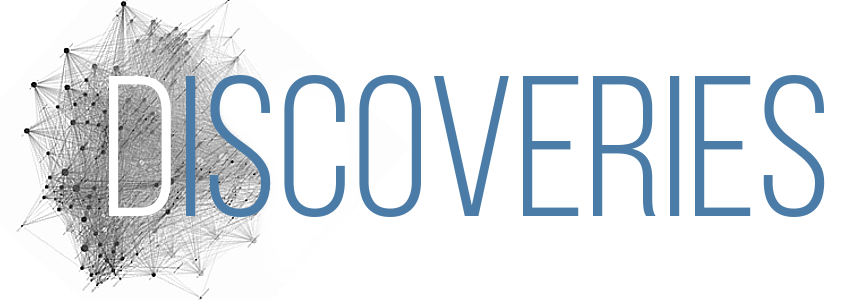Many contemporary reality shows focus on bodies that are “extreme” in one way or another. In a recent article, Laura Backstrom (Sociological Forum, September 2012) takes a closer look at a pair of these shows, finding that the presentations vary greatly based on conceptions of disability, responsibility, and identity.
Backstrom compares “Little People, Big World,” a reality show that follows a family in which the parents and one son are dwarfs, to “Ruby,” an eponymous show that chronicles the life of one obese woman. Both shows focus on the challenges posed by living with an abnormal body size, but in vastly different ways. In “Little People, Big World,” dealing with dwarfism is constructed as an identity project—encouraging bodily acceptance and a positive social identity. Additionally, the show attempts to de-stigmatize dwarfism and bring attention to the various ways that the world is “not built for little people.” Ruby’s challenges, on the other hand, are constructed as a body project—focusing on weight loss as the primary path to happiness. In contrast to the notion that the world should adapt to little people’s needs, there is no mention the world needing to be modified to fit Ruby’s body. Instead, the focus is on how Ruby’s body prevents her from participating fully in social life.
Backstrom finds that “Little People” follows the principles of the disability rights movement: little people are shown being encouraged to accept themselves as they are, exhibit a positive identity, and participate fully in the social world. Ruby’s obesity, however, is not a condition that fits into the disability rights model. Her size is portrayed as a roadblock to a positive identity (and as an obstacle she can remove rather than accept). The solution to obesity in shows like these, Backstrom concludes, is always body modification, never de-stigmatization or acceptance of the obese body.
